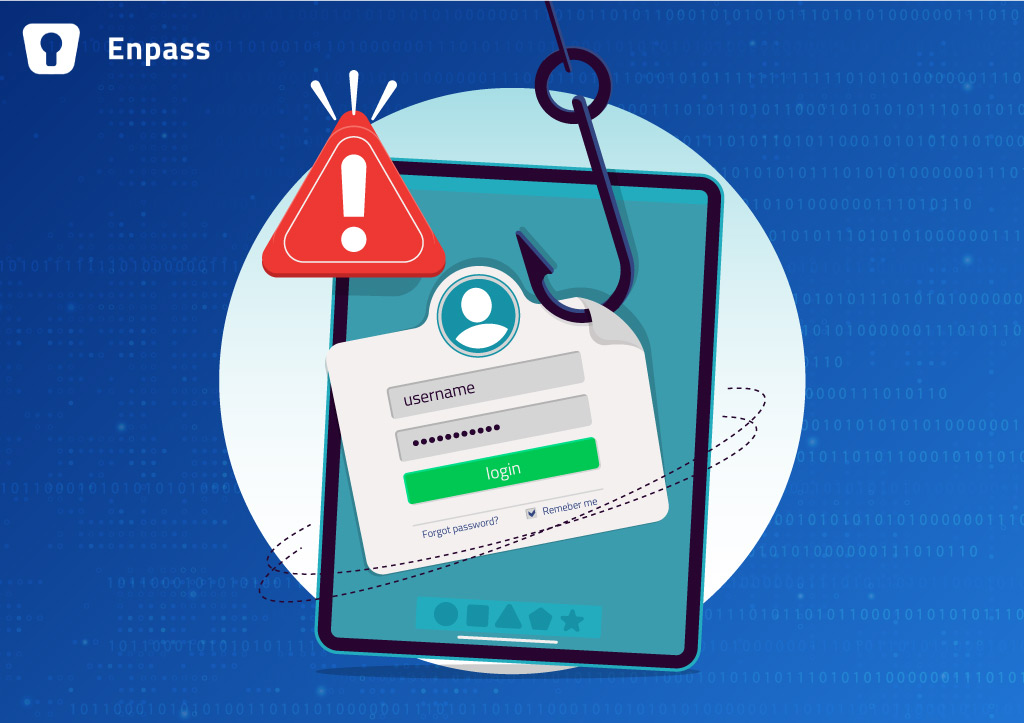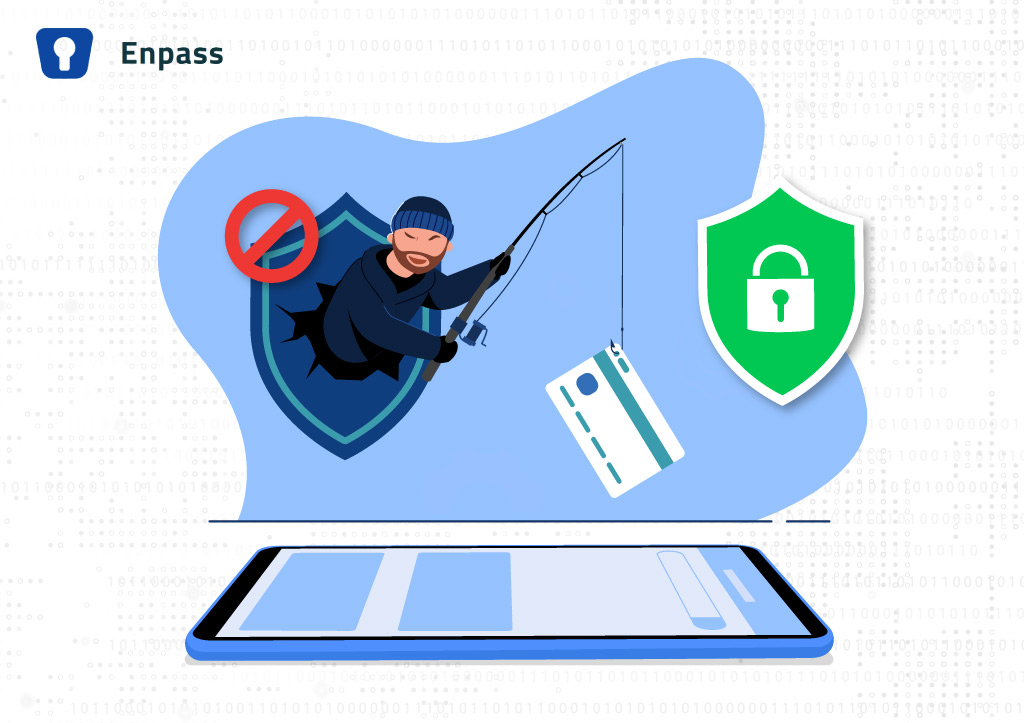
Spear phishing may sound like an artisanal way of hunting fish, but it is far from it. It is one of the most commonly used cyberattack methods, with 65% of known criminal groups using it to steal confidential information. It’s a highly targeted and personal cyberattack that seems to come from a trusted source in an attempt to gather compromising information.
Understanding the Sharp Edge of Spear Phishing
Spear phishing is a potent method of phishing that targets one person, typically through email, direct messaging, or social media. A phisher identifies the data they want and the individual who possesses it.
They do reconnaissance, researching the victim using social media and other publicly available sources to collect information. Finally, posing as someone close, they convince the victim to either divulge personal information or perform an action that leads to a malicious act.
Examples of Spear Phishing
A common example of spear phishing is an employee getting an email from a CEO, CFO, or CTO asking them to urgently transfer X amount of money to their account or a vendor’s account. In reality, the money is transferred to the spear phisher’s account.
Another example of spear phishing is getting an email that appears to be sent by a family member or friend with an attachment or link. When you click the link or download the attachment, it infects your device or network.
The Difference Between Spear Phishing and Phishing
Phishing uses a shotgun or spray-and-pray method. The attacker emails as many people as possible, hoping at least one will fall for the ruse. Spear phishing targets one person or a small group of people with access to specific data that the phishers want.
The two approaches are similar to their namesakes. Phishing is like throwing a huge net to catch a school of fish; spear phishing is akin to using a spear to catch just one fish.
However, the intent behind the two attacks is the same. In both cases, it’s malicious. Phishers want to acquire confidential or sensitive information to compromise a network, steal an identity, breach data, or extort money from their victim.
Put Measures in Place to Reduce Spear Phishing Risks

Spear phishing uses social engineering to dupe people. And the best defense against them is human intelligence. As long as you exercise caution while online, be it by using a strong password or being more vigilant, you can mitigate risks.
1. Learn How to Catch Phishy Emails
The easiest way to avoid a spear phishing attack is always to check the sender’s address in every email. They only look like they come from a colleague, friend, or family member; however, there are always hints that mark them as sinister.
So learn to recognize the characteristics of spear phishing emails or DMs:
1. The request will always be urgent.
2. It will ask for personal information.
3. The language will be emotive, evoking fear or sympathy.
4. The sentences will be strangely worded because they only mimic the person.
5. It will have links or attachments you didn’t ask for.
2. Confirm Using Another Communication Channel
If you feel an email or social media message is suspicious and not sent from an actual friend or colleague, pick up the phone and call, FaceTime, or text them.
1. Ask if they sent the email or DM.
2. When they confirm they did not, mark the email or message as spam so the phisher cannot contact you again.
3. Always trust your gut if a request seems odd.
4. Never share your username, password, or any other information.
3. Limit Your Public Information
The best practice to avoid being a spear phishing victim is not to give away sensitive, private information to others. Nevertheless, you can avoid being attacked by limiting what you share on social media.
Phishers use social media platforms to gather information about you before a cyberattack, and that’s how they know under which guise to send an email. Check before you post anything online, and keep the privacy settings of all accounts and devices limited so only those who need your information can see it.
4. Flag Any Spear Phishing Emails
For corporations, communicating with other employees when a person gets a suspicious email is a good step to mitigate the risk of spear phishing incidents. Although these attacks are targeted at an individual, phishers may send the same (or similar) email to several people in a company. So, when an employee flags such emails and alerts their peers, others can be more vigilant.
5. Keep Software Updated
One last step to protect against spear phishing is to keep antivirus software up to date. It patches any security loopholes, making it challenging for phishers to breach your computer or system.
6. Use a Password Manager
Password managers store all your passwords in a vault encrypted with a master password. Moreover, it helps generate strong and unique passwords for all your accounts and gives you the ease of not having to remember all of them.
A good password manager provides browser extensions that can autofill those passwords without making you type them. This rids employees of the habit of manually typing their password every time they log in. Employees rely more on the password manager to identify the website and suggest the correct password. In the case of a phishing website, the password manager won’t suggest the password, alerting you of possible mischief.
Takeaway
Even the most cautious and security-savvy person can fall for a well-honed spear phishing attack. That’s why it’s important to use strong passwords, preferably rely on a password manager, and turn on two-factor or multifactor authentication, which can block 99.9% of attacks.
Enpass is a password manager that supports autofill in apps and browsers and protects you from phishing and other cybersecurity risks. Enpass is an offline password manager that doesn’t store your passwords, credentials , or files on its servers.
You control your most sensitive information since your data is stored locally on your devices. You can synchronize it across your devices using your cloud accounts without sending it to external servers. Businesses using Microsoft 365 prefer Enpass, which lets them store passwords and share vaults through Microsoft OneDrive.We recommend you take Enpass for a spin and see what all it can do for your business. It is completely free to try. Simply sign up here.